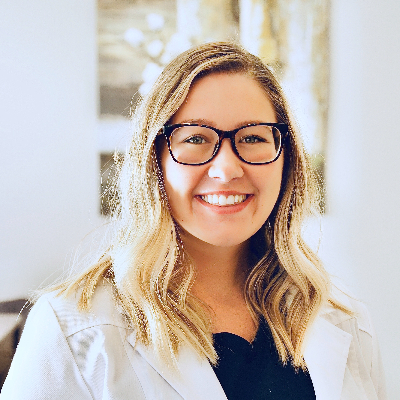Vision therapy not only treats lazy eye, eye turn, or learning difficulties, but may also prevent or slow the progression of myopia.
While a cure for myopia has yet to be found, vision therapy can help by targeting certain factors that contribute to myopia (short-sighted).
If you think that vision therapy might be able to help you or your child, schedule your functional visual evaluation.
SEE RELATED: The Benefits of Outdoor Play for Children with Myopia
What is myopia?
Myopia, also known as nearsightedness, causes distant objects to appear out of focus or blurry.
Myopia occurs when the eye grows too long, or the cornea and/or eye lens are too curved relative to the length of the eyeball.
Myopia can be controlled by a process known as Myopia Management.
Some signs and symptoms of myopia include:
- Holding books close to the eyes
- Blurry distance vision
- Reduced clarity of vision, compared to what others can see clearly
- Squinting when reading the board or watching TV
- Sitting at the front of the classroom to clearly see the teacher and board
- Sitting at close proximity to the TV or computer screen
- Disinterest in playing sports that require clear distance vision
If you or your child experiences any of these symptoms contact an eye doctor near to you.
Facts about vision therapy
Vision therapy is an evidence-based program designed to;
- Train the eyes and brain to work as a team
- Develop visual skills like accommodation, convergence, eye tracking, depth perception, teaming, focusing, visual processing and visual memory
- Be a safe and non-invasive set of visual exercises tailored to an individual’s specific needs
- Be fun and involve the use of specialized filters or prisms, balance beams, computerized aids and other therapeutic tools
Vision Therapy and Myopia
Vision therapy may not be able to treat or fully reverse myopia; however, some people may benefit from preventing or slowing down the progression of myopia.
Poor focusing skills have been linked to myopia, so many patients report that their myopia symptoms have improved during or after the vision therapy process.
Some vision therapists found this was a result of strengthening a visual skill called accommodation – the eyes’ ability to adjust focus as the distance between an individual and object changes.
A spasm of accommodation, also known as “pseudo-myopia,” occurs when the eyes lock their focus on a near object but then have difficulty releasing the focus to view distant objects. The reason this is considered a false myopia is because it involves the focusing mechanism of the lens and not the elongation of the eye, a characteristic of true myopia.
However, pseudo-myopia can be treated with vision therapy, assuming the accommodation spasm was the only culprit for blurry vision at a distance. If that is the case, after a successful vision therapy program, the patient may no longer need to wear prescription lenses for vision correction.
Myopia management may be another option to discuss with your optometrist.
While the research on this subject is still ongoing, vision therapy may be able to improve a person’s blurry vision in many cases.
LEARN MORE: Guide to Pediatric Eye Conditions
If you or your child has myopia and you’re curious if vision therapy can help, schedule a functional visual assessment.









